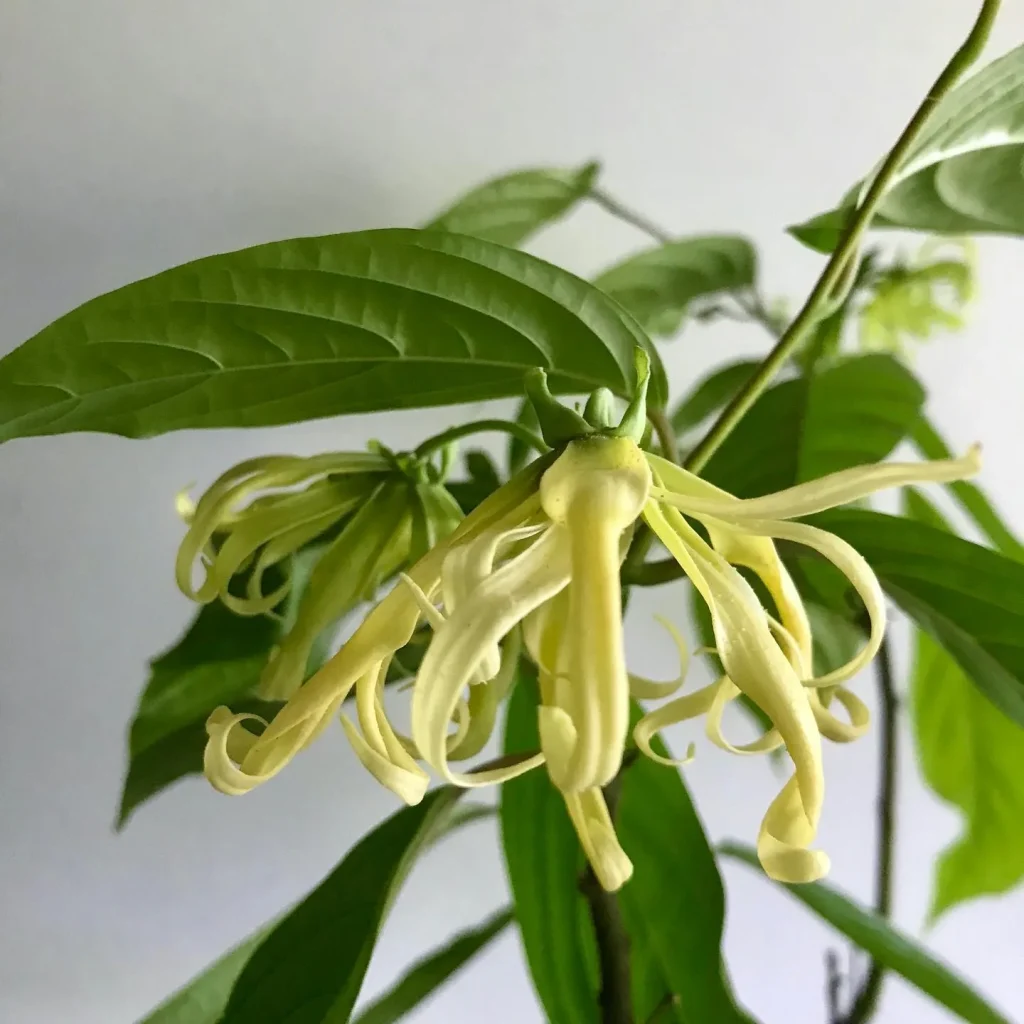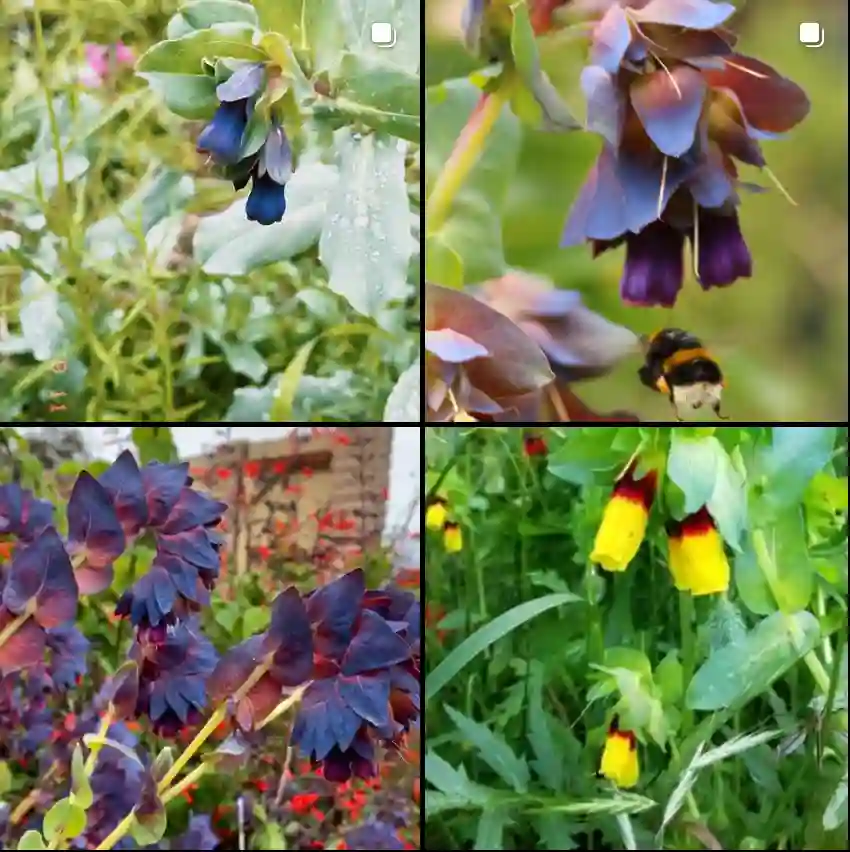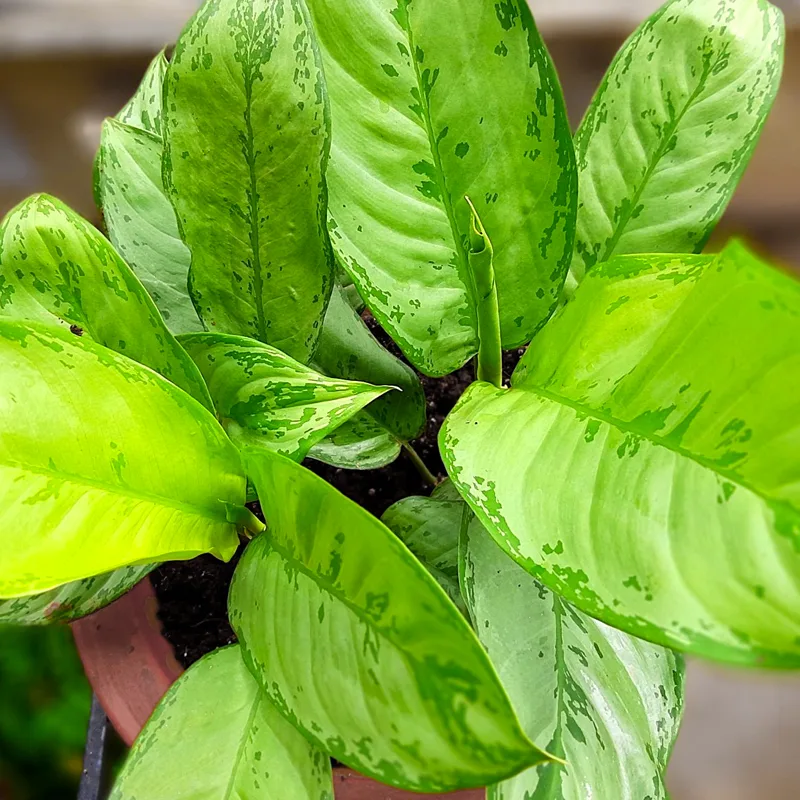What is Dioscorea Alata?
Dioscorea Alata, commonly known as the Purple Yam or Ube, is a species of yam native to Southeast Asia. It’s prized for its vibrant purple color and slightly sweet, nutty flavor. This tuber is often used in a variety of culinary dishes, from savory to sweet, and has become popular worldwide for its unique color and taste.
635 Species in Genus Dioscorea
How to Grow Dioscorea Alata?
Growing Dioscorea Alata can be a rewarding experience if you provide the right conditions. Here’s a step-by-step guide based on my personal experiences:
- Choose the Right Location: Dioscorea Alata thrives in warm climates. It prefers a tropical or subtropical environment with temperatures ranging from 75°F to 85°F. It can be grown in a well-drained, loamy soil with plenty of organic matter.
- Prepare the Soil: Before planting, enrich the soil with compost or well-rotted manure. Ensure the soil is loose and well-draining to accommodate the growing tubers.
- Planting: Dioscorea Alata is typically grown from bulbils (small bulbs or offsets) or tuber pieces. Plant these in early spring after the last frost, about 2 to 3 inches deep. Space them around 12 to 18 inches apart to allow for their vigorous growth.
- Watering and Care: Keep the soil consistently moist but not waterlogged. Dioscorea Alata benefits from regular watering, especially during dry periods. Adding mulch around the plants can help retain soil moisture and suppress weeds.
- Fertilization: Apply a balanced fertilizer once a month during the growing season to support healthy growth. A high-potassium fertilizer can also be beneficial as the plants develop their tubers.
How Long Does it Take for Dioscorea Alata to Mature?
Dioscorea Alata generally takes between 6 to 12 months to reach maturity, depending on growing conditions. In ideal environments with ample warmth and moisture, it can mature closer to the 6-month mark. The tubers are typically ready for harvest when the vines start to yellow and die back.
When Do the Wings Appear on Young Dioscorea Alata Plants?
Young Dioscorea Alata plants start to develop their characteristic winged leaves after a few months of growth. These wings appear as the plant begins to mature and can help identify the species. The exact timing can vary, but you can usually expect to see the wings forming around 3 to 4 months after planting.
How to Cook Dioscorea Alata Bulbils?
Cooking Dioscorea Alata bulbils is quite simple. Here’s how I prepare them:
- Preparation: Wash the bulbils thoroughly to remove any dirt. Peel them if the skin is tough or dirty.
- Cooking Methods: Dioscorea Alata bulbils can be boiled, steamed, or roasted. For boiling, cut them into chunks and cook in salted water until tender, which usually takes about 20-30 minutes. For roasting, toss them in oil and seasoning, and roast at 400°F for about 30-40 minutes until crispy on the outside and tender inside.
- Usage: The cooked bulbils can be used in various dishes, from soups and stews to desserts like cakes and ice creams. Their natural sweetness and color make them a versatile ingredient.
Where to Grow Dioscorea Alata?
Dioscorea Alata is best suited to tropical and subtropical regions. If you live in a temperate zone, you might consider growing it in a greenhouse or indoors where you can control the temperature and humidity. It needs plenty of sunlight, so choose a location that receives full sun or partial shade.
Is Dioscorea Alata Toxic?
Dioscorea Alata is not toxic to humans. It’s a nutritious food source and is safe to eat when properly prepared. However, it’s essential to cook it thoroughly, as raw yams can contain substances that may cause gastrointestinal discomfort.
Benefits of Dioscorea Alata
Dioscorea Alata is rich in vitamins, minerals, and antioxidants. It’s particularly high in vitamin C and potassium, which can support overall health and immune function. Its unique color is due to anthocyanins, which have antioxidant properties.
Common Problems and How to Solve Them
- Pest Infestations: Dioscorea Alata can be prone to pests like aphids and spider mites. Regularly inspect your plants and use insecticidal soap or neem oil to manage infestations.
- Fungal Diseases: Overwatering can lead to fungal issues. Ensure good drainage and avoid overhead watering to minimize disease risks.
Can You Grow Dioscorea Alata Indoors?
Yes, Dioscorea Alata can be grown indoors if you provide the right conditions. Use a large pot with good drainage and place it in a sunny spot or under grow lights. Maintain a warm, humid environment to mimic its natural habitat.
Comparison with Other Yams
Dioscorea Alata differs from other yams like Dioscorea Cayenensis and Dioscorea Rotundata in terms of flavor, color, and texture. Dioscorea Alata is known for its purple color and sweeter taste compared to the more common white yams. It also has a slightly firmer texture, making it suitable for various culinary applications.
By understanding these aspects of Dioscorea Alata, you can enjoy growing and cooking this fascinating tuber in your own garden or kitchen.
If i die, water my plants!



